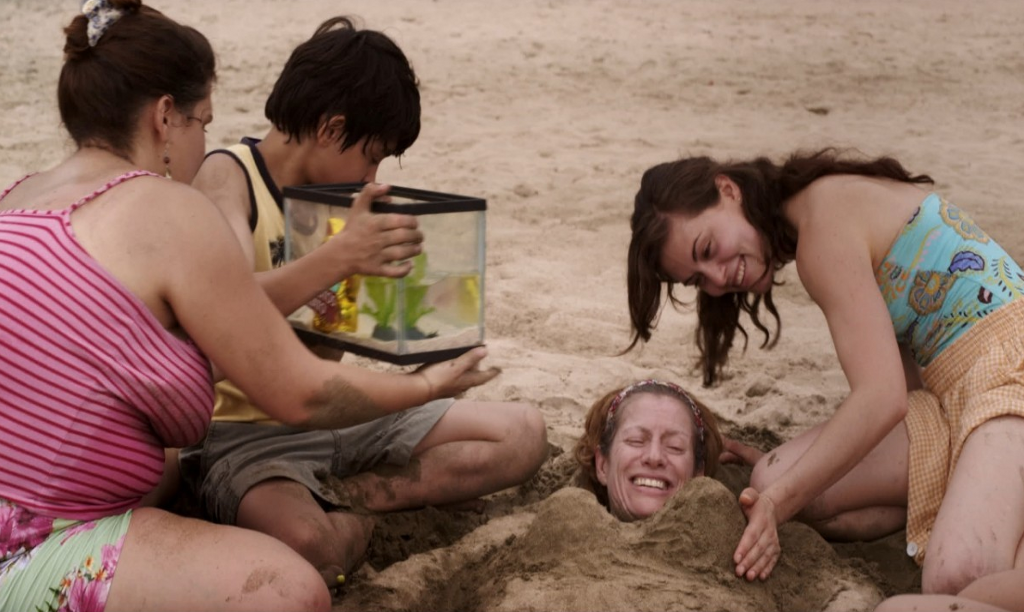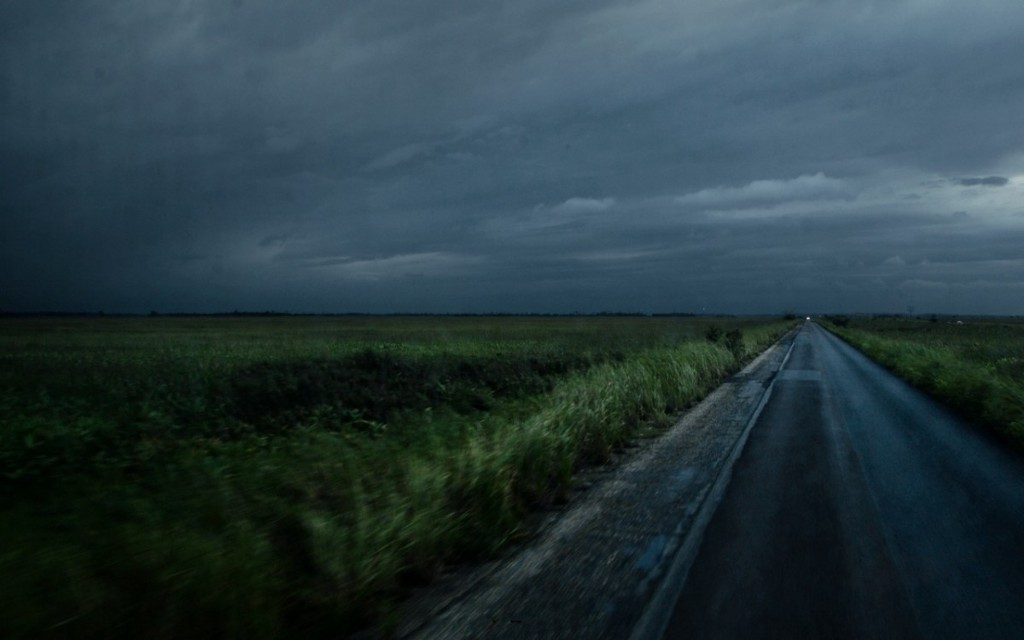
The Karlovy Vary Film Festival, which runs from July 1–9 this summer, has announced this year’s fest will include a special segment focusing on female directors from Mexico.
The fest, which is held in the spa town of Karlovy Vary in the Czech Republic, will screen eight features and one short from women directors from the past five years. The filmmakers include Elisa Miller, who won a Palme d’Or at Cannes for her short film “Watching It Rain” in 2006, Tatiana Huezo, whose “Tempestad” screened at Berlinale this year, and Yulene Olaizola, whose “Fogo” played in Directors’ Fortnight at Cannes in 2012.
Karlovy Vary noted the creation of the IMCINE (Instituto Mexicano de Cinematografía) film institute in 1983 as a catalyst to the increase of young female directors in Mexico — the youngest in this lineup is 26 years old.
“Young female directors, most of them university educated, captured the imagination not only of viewers, but also festival juries and consequently producers as well primarily with the courageous and spontaneous way they introduce into their films their generation’s specifically feminine take on reality, love and sex, and also issues of parenthood, the quest for the meaning of life and for their own identity,” the festival wrote in its announcement. “Yet they also have their own special way of looking at social problems, and of isolating aspects of reality which their male counterparts might overlook.”
The films included in the segment are listed below, with further synopses and information provided by the Karlovy Vary Film Festival.
- “Through the Eyes” (“A los ojos”), Victoria Franco (2014)
Victoria Franco’s first feature “Through the Eyes” (“A los ojos,” 2014), which the director made with her brother Michel, the protagonist is a social worker trying her utmost to help the human wrecks languishing amid piles of trash as the victims of alcohol and drugs. The festival will also present Franco´s short film “Borde” (2014). - “Amazing Cat Fish” (“Los insólitos peces gato”), Claudia Sainte-Luce’s (2013)
Elements of social realism will also be found in Claudia Sainte-Luce’s first film “The Amazing Cat Fish” (“Los insólitos peces gato,” 2013), whose main character is unexpectedly lifted from her tedious existence as a supermarket cashier when she meets an unusual family who take her into their fold. - “The Pleasure Is Mine” (“El placer es mío”), Elisa Miller (2015)
Humour, if rather unintentional, also underlies “The Pleasure Is Mine” (“El placer es mío,” 2015), whose author Elisa Miller is the best known Mexican female director in international circles and the only one to have won a Palme d’Or for her short movie “Watching It Rain” (“Ver llover,” 2006). - “Semana Santa,” Alejandra Márquez Abella (2015)
The story of two people living in an unstable relationship and the rejection of the substitute father by the woman’s eight-year-old son is the subject of “Semana Santa” (2015), whose creator Alejandra Márquez Abella made two documentaries before shooting this feature debut. - “You’ll Know What to Do With Me” (“Sabrás qué hacer conmigo”), Katina Medina Mora (2015)
A romantic encounter fuels the second film by Katina Medina Mora “You’ll Know What to Do With Me” (“Sabrás qué hacer conmigo,” 2015), whose protagonists have to deal with health issues and whose treatment betrays the director’s experience in stage direction. - “Fogo,” Yulene Olaizola (2012)
Of the work of the already well-known director Yulene Olaizola, the showcase will include her remarkable elegiac meditation on the futility of being “Fogo” (2012), which in 2012 was part of the Directors’ Fortnight in Cannes. - “Tempestad,” Tatiana Huezo (2016)
Melancholy tones also characterize Tatiana Huezo’s “Tempestad” (2016), recently screened at the Berlinale. Here, too, documentary and feature intertwine in a work that is consistent in its authentic portrayal of the lives of social outcasts. - “Kings of Nowhere” (“Los reyes del pueblo que no existe”), Betzabé García (2015)
In a certain sense, the characters appearing in Betzabé García’s documentary” Kings of Nowhere” (“Los reyes del pueblo que no existe,” 2015) are also outsiders, this time set in a partially submerged village in north-western Mexico.






